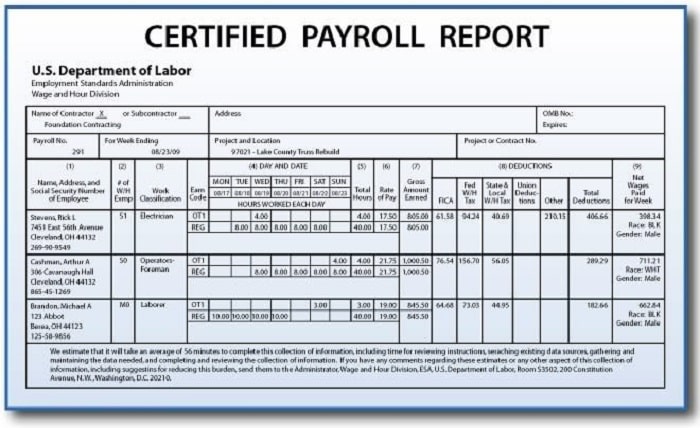Accurate and timely payroll reporting is crucial for any business. It helps you track employee compensation, comply with tax regulations, and maintain financial transparency. With the advancement of technology, there are several methods available for generating payroll reports. In this article, we will explore various options and discuss the benefits and drawbacks of each. By understanding these choices, you can make an informed decision and select the best method for your business’s payroll reporting needs.
Manual Reporting
One of the most traditional methods of generating payroll reports is manual reporting. This involves manually calculating each employee’s wages, deductions, and taxes, and recording the information on spreadsheets or paper documents. While manual reporting may work for small businesses with a limited number of employees, it becomes increasingly inefficient and prone to errors as the workforce expands.
The benefits of manual reporting lie in its simplicity and low cost. Small businesses may find it easier to handle payroll in-house without the need for specialized software or outsourcing. However, manual reporting is time-consuming, susceptible to human error, and lacks the scalability required for larger enterprises. Additionally, compliance with changing tax regulations can be challenging when relying solely on manual calculations.
Payroll Software
Payroll software offers a more automated and efficient approach to generating payroll reports. There are various software options available in the market, ranging from basic programs for small businesses to comprehensive solutions for large enterprises.
Payroll software simplifies the payroll process by automating calculations, tax withholdings, and deductions. It allows you to input employee data, set up pay rates, and generate reports with just a few clicks. These software solutions often include features such as direct deposit, tax form generation, and integration with accounting systems.
The benefits of payroll software include accuracy, time savings, and scalability. With automated calculations, the chances of errors are significantly reduced, ensuring accurate reporting and minimizing the risk of compliance issues. Moreover, payroll software streamlines the process, saving valuable time for HR and finance teams. As your business grows, the software can handle increasing employee numbers without significant manual effort.
Outsourcing Payroll
For businesses that want to focus on core operations and reduce the burden of payroll processing, outsourcing payroll to a third-party provider can be an attractive option. Outsourcing payroll involves hiring a specialized company to handle all aspects of payroll, including report generation.
When you outsource payroll, the provider takes care of calculating employee wages, withholding taxes, generating reports, and ensuring compliance with labor laws. This allows your business to offload the administrative work and devote resources to other critical areas.
The benefits of outsourcing payroll include expertise, time savings, and reduced liability. Payroll service providers are knowledgeable in payroll regulations and have dedicated teams to handle the process efficiently. By outsourcing, you can free up your staff’s time and alleviate the risks associated with errors or non-compliance. However, outsourcing payroll may involve additional costs, and you may have less control over the process compared to in-house solutions.
Cloud-Based Payroll
Cloud-based payroll systems have gained popularity in recent years due to their flexibility and accessibility. These systems store employee data and payroll information securely in the cloud, allowing authorized users to access and generate reports from anywhere with an internet connection.
Cloud-based payroll offers the benefits of automation, scalability, and remote accessibility. It automates calculations, tax withholdings, and report generation, ensuring accuracy and saving time. Moreover, it provides scalability, accommodating businesses with fluctuating employee numbers. Cloud-based payroll systems also allow for easy collaboration between multiple departments and locations.
Conclusion
In today’s digital age, businesses have various options to choose from when generating payroll reports. Manual reporting, while suitable for small enterprises, becomes impractical as the business expands. Payroll software provides automation, accuracy, and scalability, making it a popular choice for many organizations. Outsourcing payroll offers expertise and time savings, allowing businesses to focus on core operations. Cloud-based payroll systems combine automation, scalability, and remote accessibility, catering to businesses with modern needs.
To select the best method for your business, consider factors such as the size of your workforce, budget, compliance requirements, and long-term scalability. Small businesses with limited resources may opt for manual reporting or basic payroll software. As your business grows, transitioning to more advanced software or outsourcing may become necessary. Cloud-based payroll systems can be a suitable choice for businesses seeking flexibility and remote accessibility.

